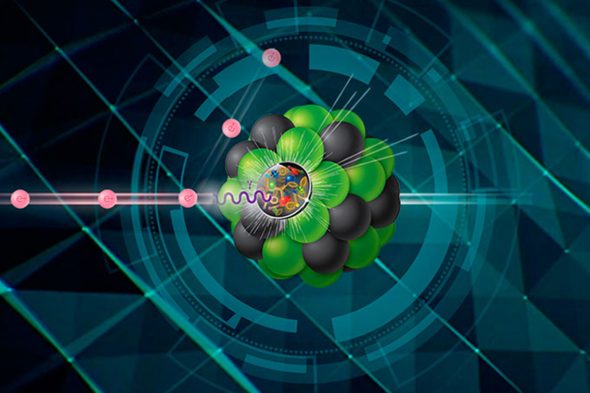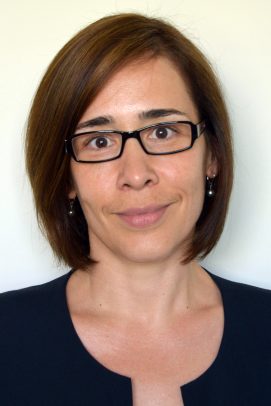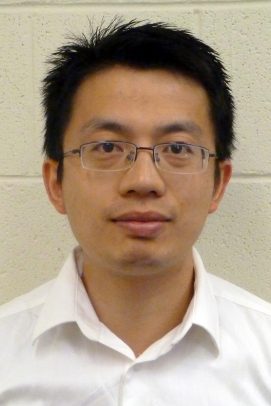UIC researchers involved with new ‘game-changing’ DOE facility

The U.S. Department of Energy announced last month that it would build a multibillion-dollar collider project at Brookhaven National Laboratory in Upton, New York.
Now, two UIC physicists are already working with a global research team to plan the facility, which is considered a “game-changing” resource for the international nuclear physics community.
Olga Evdokimov, UIC professor of physics, and Zhenyu Ye, UIC associate professor of physics, will help develop and study at the Electron Ion Collider, or EIC, which will be designed and constructed over 10 years at an estimated cost between $1.6 and $2.6 billion.
The EIC researchers will smash electrons into protons and heavier atomic nuclei in an effort to penetrate the mysteries of the “strong force” that binds the atomic nucleus together.
A previously established EIC Users Group, which consists of more than 1000 physicists from over 200 laboratories and universities from around the world, have been working together to make a powerful new U.S.-based facility a reality with the aim of studying fundamental properties of nuclear matter, and its special constituents, the gluons, which bind all the observable matter in the world.
“The highest priority for the EIC community at the moment, in light of the recent official start of the project, is advance the physics studies and detector concepts in preparation for the realization of the EIC,” said Evdokimov, who is appointed as one of four physics working group conveners leading the effort.
Ye, whose Ph.D. dissertation studied the nucleon partonic spin structure at a low-energy fixed-target experiment in Germany, is “fascinated by the great opportunity provided by the high energy and high luminosity EIC to improve our understanding of the nucleon partonic spin structure.”
More information is available online from the Department of Energy.


